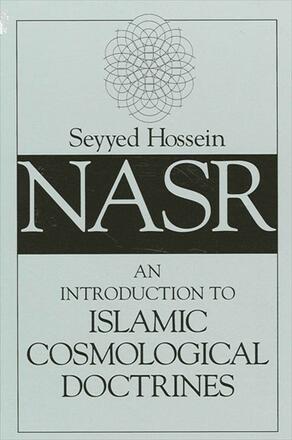
An Introduction to Islamic Cosmological Doctrines
Alternative formats available from:
Description
This is the only book to deal with classical Islamic cosmology as it was formulated by the Ikhwan al-S'afa al Biruni and Ibn Sina during the tenth and eleventh centuries. These figures influenced all the later centuries of Islamic history and in fact created the cosmological framework within which all later scientific activity in the Islamic world was carried out--the enduring image of the cosmos within which Muslims have lived during the past millennium.
Nasr writes from within the Islamic tradition and demonstrates how, based on the teachings of the Quran and the Prophet, the figures treated in this work integrated elements drawn from various ancient schools of philosophy and the sciences. This book is unique in its treatment of classical Islamic cosmology as seen from within the Islamic world-view and provides a key for understanding of traditional Islamic thought.
Seyyed Hossein Nasr is University of Islamic Studies Professor at George Washington University. He is the author of the forthcoming The Need for a Sacred Science, and has written Islamic Art and Spirituality, Islamic Life and Thought, Knowledge and the Sacred, Sufi Essays, and co-authored Expectations of the Millenium: Shi'ism in History and Shi'ism: Doctrines, Thought, and Spirituality, all published by SUNY Press.
Reviews
"…the amount of academic literature devoted to the way in which Muslims in classical and medieval Islam envisioned the cosmos is negligible. There are, however, some noteworthy exceptions. An Introduction to Islamic Cosmological Doctrines is one of them. " — Parabola